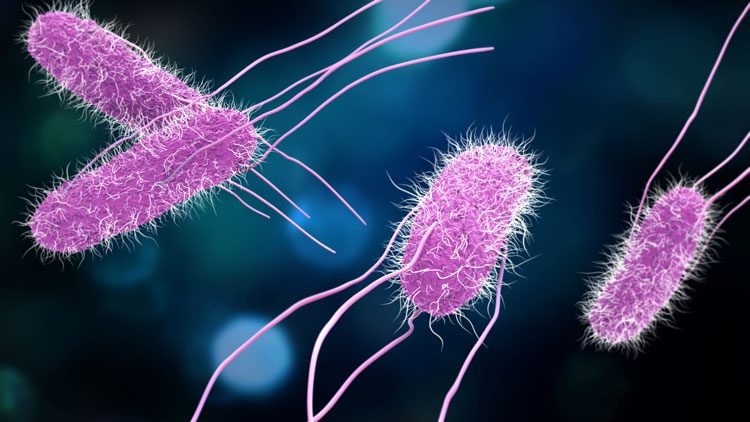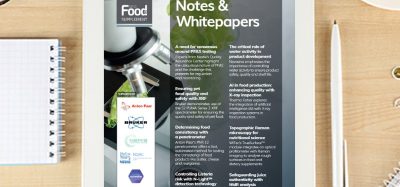Whole-genome sequencing could be key for salmonella detection
- Like
- Digg
- Del
- Tumblr
- VKontakte
- Buffer
- Love This
- Odnoklassniki
- Meneame
- Blogger
- Amazon
- Yahoo Mail
- Gmail
- AOL
- Newsvine
- HackerNews
- Evernote
- MySpace
- Mail.ru
- Viadeo
- Line
- Comments
- Yummly
- SMS
- Viber
- Telegram
- Subscribe
- Skype
- Facebook Messenger
- Kakao
- LiveJournal
- Yammer
- Edgar
- Fintel
- Mix
- Instapaper
- Copy Link
Posted: 12 August 2019 | Rachael Harper (New Food Magazine) | No comments yet
The use of genome sequencing in the food industry will lead to the consistently reliable detection of salmonella, according to new research.


A new paper has stated that the world’s food supply will become safer as the food industry shifts to high-resolution, whole-genome sequencing.
Seeing as genome sequencing examines the full DNA of a given organism all at once, this move will lead to the consistently reliable detection of salmonella, says the paper which was co-authored by researchers from Cornell University and the Mars Global Food Safety Center (GFSC), Beijing.


The world’s food supply will become safer with the use of whole-genome sequencing, says a new paper from Cornell University and GFSC.
“Salmonella is the foodborne pathogen with the biggest public health and economic impact globally,” said Martin Wiedmann, food safety professor and Cornell Institute for Food Systems faculty fellow. “It’s one of the major causes of diarrhea all around the world. Salmonella can be mild or it can cause death, as its severity depends on salmonella’s serotypes [distinct variations] – and that’s what we’re trying to find out.”
The paper further describes how the food industry should use molecular methods more often for subtyping salmonella, and compared older subtyping practices to the newer whole-genome sequencing, a method that can analse a wider, more complete swath of the genome.
With this technique, scientists can more precisely identify a particular strain of salmonella and determine the origin and the path of the disease’s outbreak, Wiedmann said.
“Whole-genome sequencing is rapidly becoming the method of choice for salmonella subtyping,” added microbiologist Silin Tang, the paper’s lead author and senior research scientist at the Mars Global Food Safety Center. “Foods often reach the consumer through increasingly complex supply chains, creating many opportunities where food safety could be compromised.
Recent cases highlight the need to reinforce salmonella control measures in the food industry, including rapid and accurate tracking of contamination sources with appropriate subtyping tools.”
There is an opportunity for the food industry to create a talent pipeline of expertise in bioinformatics (the use of software tools to understand biological data), Tang stated, to harness the full potential of whole-genome sequencing technologies.
The paper was published in the journal Frontiers in Microbiology.
Related topics
Contaminants, Food Safety, Research & development, The consumer









